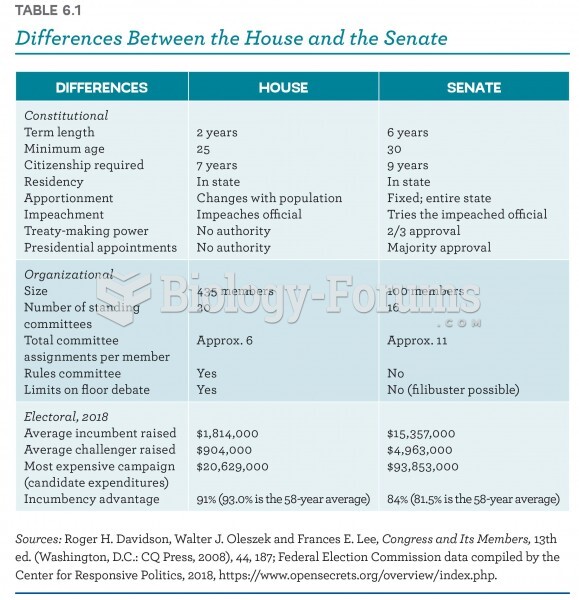Answer to Question 1
a . Applied research is focused on a particular, substantive problem found in the real world. For example, a scientist may be very interested in reducing discrimination in urban housing. Basic research, in contrast, focuses more on identifying principles of behavior that will generalize across contexts of study. For example, a scientist may be interested in understanding the cognitive processes that underlie stereotyping, prejudice, and ultimately discrimination without focusing on a particular setting (like urban housing) in which these processes take place.
Answer to Question 2
Possible Response Points:
Hovland's research program was organized around three prongs: findings about the source of the message, findings about how to present the message itself, and findings about audience characteristics that promote or impede persuasion.
Findings about the source of the message focus on time and source characteristics.
Temporally, people tend to be influenced by source characteristics to a greater degree right after the message has been presented than they are over time. Over time, people tend to separate the source from the message, a phenomenon known as the sleeper effect.
Source characteristics that promote the persuasion process include credibility (defined as trustworthiness and expertise), likeability (including similarity and physical attractiveness).
Findings about the message itself focus on the degree to which the message is rationally or emotionally delivered (including mood and fear manipulations), the degree to which the message argues against the source's own self-interest, whether one- or two-sides of the argument are presented, and whether the approach is negative or positive in nature.
Rationally focused messages tend to be more persuasive to well-educated audiences, but emotion can be persuasive. People in a positive mood are more receptive to persuasion, so using humor in a message can help open them up to the message. Additionally, messages that inspire a moderate amount of fear can promote persuasion.
Messages that argue against self-interest of the source are generally more persuasive.
One-sided messages are best delivered to an already friendly audience. Two-sided messages are more persuasive if the audience has not yet made up their minds or if they are hostile to the message being presented.
In general, positive approaches are more persuasive. However, if a position (or candidate) is extremely unpopular, negative approaches in the message can be helpful.
Findings about the audience focus on intelligence, need for cognition, concern about public image, age, and cultural differences, among other areas. However, Hovland's work as cited in the text mainly focused on intelligence.
More intelligent people tend to be more likely to analyze the arguments presented and persuaded more by two-sided arguments. McGuire built on this finding to argue that people must be receptive to the message and yield to it for persuasion to occur. People with high self-esteem tend to have more confidence in their initial positions, and though receptive to other messages, rarely yielded to them. This line of research indicates that moderately intelligent people are the easiest to persuade.







